Mark Beever has been a groom for Nick Skelton and his sons for 37 years. 35 years of those years were spent with Skelton, the latter part spent taking care of Big Star, one of the most storied horses in show jumping. With his old-fashioned methods, he rehabbed Big Star back into the limelight to win individual Olympic gold in 2016. Now Beever is working for Skelton’s sons who are in racing. Talking with HorseGrooms, Beever shared what he has learned from Skelton through all those years, his time solely looking after Big Star, and a few tips and tricks from a groom for grooms.
Learning From One of the Greats
Every groom has their own way of working with horses, but we can all learn from each other– especially from the people who work a lifetime in horses. So what has Beever learned in his time with Nick Skelton, the individual show jumping gold medalist of the 2016 Rio de Janeiro Olympics with his amazing horse Big Star? Beever is happy to share.
The Legend Could Do It All
“I have learned quite a few things from Nick. At the end of the day he could do everything that a groom could do. He wasn’t just a fantastic rider; he could go off to a show by himself; he could clip a horse.”
How to Trim a Horse’s Tail?
“When I first started there, he showed me how to pull the manes the right way and he had his own handy way of cutting the tail. You had to pull the tail through the back legs and straight through and then cut the tail [see picture]. So when you let it go it is perfectly straight at the bottom. I tell everybody about that, and when I show them it becomes obvious.”

The Importance of Tidiness
“Also, I have really learned to be tidy. Nick was so over the top with tidiness. I have always been quite a tidy person, but with Nick it went a level up. [From] hanging the rugs up properly, the head collars [also called halters] and ropes–maybe it sounds like silly things, but they are the right things.”
A Bag of Shavings while Clipping a Horse
“Another thing is that when I clip the horses I don’t like to sedate them. I know a lot of grooms do now. I was kicked once when a horse was sedated, and it came around very quick! I only sedate them when they are really really bad. Nick said I should get a bag of shavings, and when you go around the back end of a horse put the bag of shavings between you and the horse. If you are doing his bum you put the bag of shavings against his back leg, so if he would kick or take up his leg he would kick the shavings first before me. I do that all the time now, also with horses that I don’t know.”
Skelton (and Beever) Pet Peeves
“With Nick, if you hung a bridle up, the browband had to be dead straight and the noseband around the bridle but not all wrapped up. Nick was never a sort of ‘wrapping it all up and hang it up’ [guy]. If Nick was riding a horse he would like the mane dampened down with a damp brush. He wasn’t overly bothered about the tail because we don’t brush the tails very much at home. It was OK if they still had shavings in the tail. At home I would just shake the tail a bit.
He wasn’t also over keen on having the hooves painted before he went to work a horse. Even at a show, I never painted the hooves if the horse was going to work in the sand. After work I would wash the hooves inside and out and the legs if needed. We never used to use a lot of hoof grease or oil. I think you can ask any blacksmith about hoof grease, and they will say it is the worst for the horse’s feet. The best thing is water, and I think that cleaning the inside is the most important bit! If I had to use grease, I would just use it around the coronary band and not too much where the nails go into the holes.”
The Comeback of Big Star
The rehab of Big Star after the injury he sustained in July 2014 took a year and a half. Beever played an important role in Big Star’s recovery to the top of the sport.

Sole Charge
“At that time, I was working for one of Laura [Kraut’s] clients because Big Star was off and Nick didn’t do very much jumping. The rider I was working with was going back to the USA, and Nick wanted me to come back. He said: ‘I want you to just concentrate on Big Star. He is the only horse you got to do. We have the Olympic Games in a year in Rio de Janeiro, and he needs to come into work.’”
Getting Big Star Back in Work
“So we started in 2015. We would do loads of road work: an hour or two walking on the road. He was so good to ride on the road; traffic was no problem. We would do trotting as well, up hills, on the flat, and everything. It is a very English thing to trot on the roads. A lot of people don’t think it is great, but it is an old-fashioned English thing to also harden up the tendons.
I did that for a few months, and in between Nick might have given him a little bit of work in the arena. Not very much: some cantering work, circles and things like that; sort of getting his head down and suppling him up. And as time went on Nick started to jump him a bit, and we set a few cross poles up. We really kept it basic and small. His first show was in 2016 in France before the Olympics. I think it was in March or April. So we just built him up through things like that.”
Spa Treatment
“We took him up to the racing yard where he would go into the spa every day. They also had at the racing yard a vibrating floor in a stable. So you put him in the stable and turn the lamps on and the vibrating mat on. You can stand on it yourself, and you can feel all the movement going up your legs. It is amazing. That was great for his tendons and blood circulation and everything.”
The Magic Box
“We also had a box at the racing yard which could tell us everything that was wrong with the horse. That is also amazing. It changes in color; it has four colors. One will pick up minor injuries; another one will pick up ulcers, kissing spines, tooth problems, or damaged tendons. Big Star would go in there once or twice a week to make sure he was OK and everything. For example, it would say he is a bit fat, and it would be a machine who is saying that and not a person. Then you would go to the computer and the different colors would show in lines how severe it was. It’s amazing what that machine picks up.”
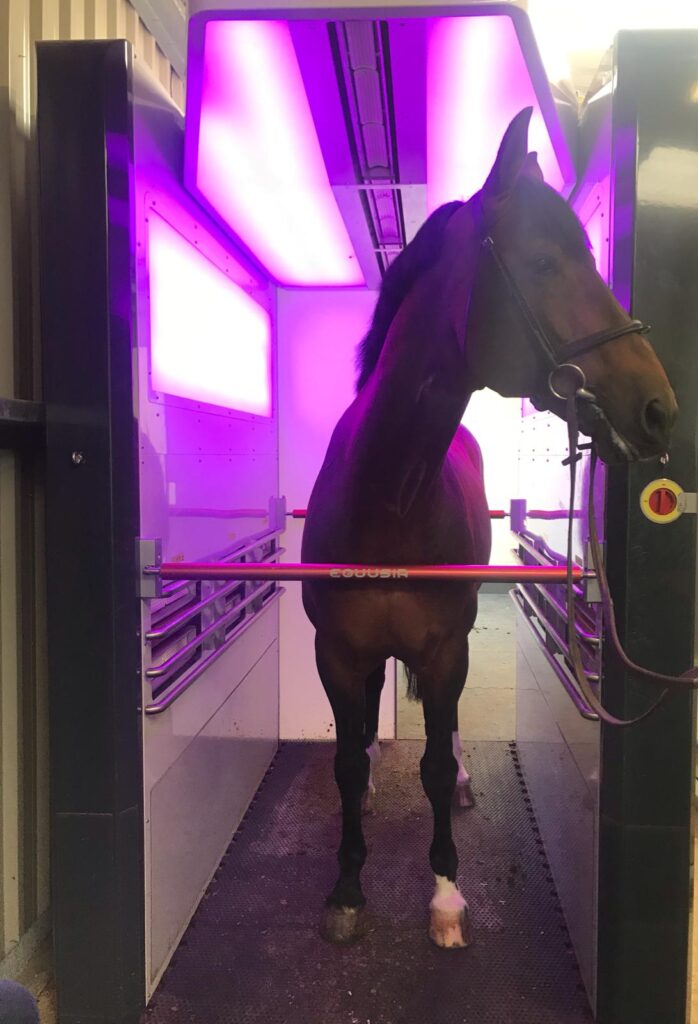
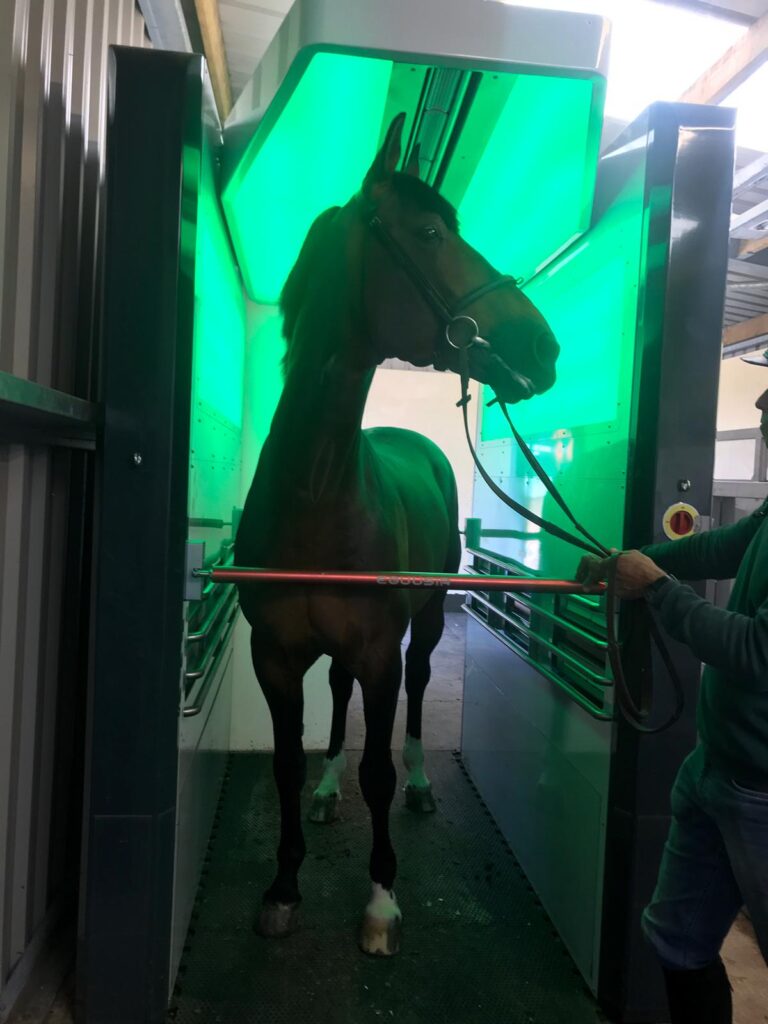
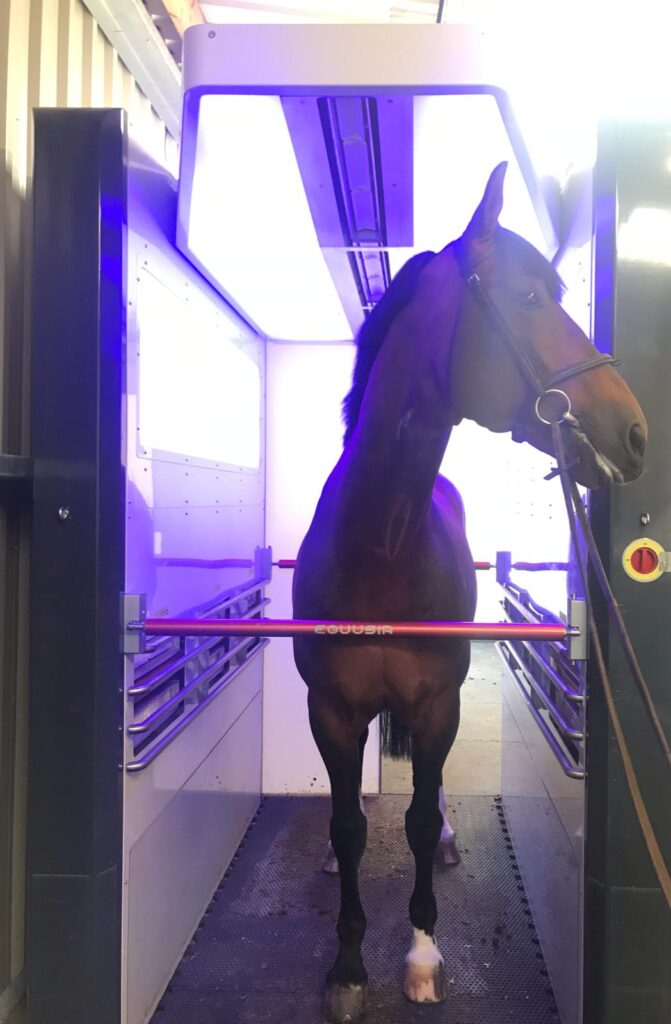
Big Star Was the Only Horse Ever Allowed On Nick’s Lawn
“Apart from that, [the rehab] was mainly keeping him fit, sound and going with the flow really. From early 2016 on, he wasn’t allowed to be turned out, but I used to hand graze him. He was so good with that! Because I was only doing him, I had time to hand graze him for an hour, and then in the afternoon I would take him out for an hour and a half of hand grazing. He would go down for a roll and rear up and buck, etc., but we never let him loose in the field. Before that and afterwards he was always in the field. He was actually allowed to go on Nick’s garden lawn; Big Star was the only horse ever that was allowed to go on this lawn to eat the grass. Nick really loves his grass and nobody–you were not even allowed to walk on this grass–was allowed to go there. But Big Star was.”
Getting the Best Coat Ever
“We had special rugs for his muscles and special treatment for his muscles. He was only clipped in March 2016 before the Olympic Games, and then he was clipped again for going to Toronto in November. He had the best coat ever; we rugged him up in a proper way. I think stallions don’t need to be clipped all the time. I wasn’t a big fan of clipping all the time; I like the summer coat, but I am a bit old-fashioned. I also see that horses are being washed with shampoo now every day; that is the worst thing for the horse’s coat. I would hose him off if he got hot, but I wouldn’t always use soap on him. I still use the nice body wash Botanica [Natural] Cleansing wash; it is lovely stuff. It is fantastic stuff. The cream is unbelievable! Big Star had two sarcoids and this cream made them smaller.”
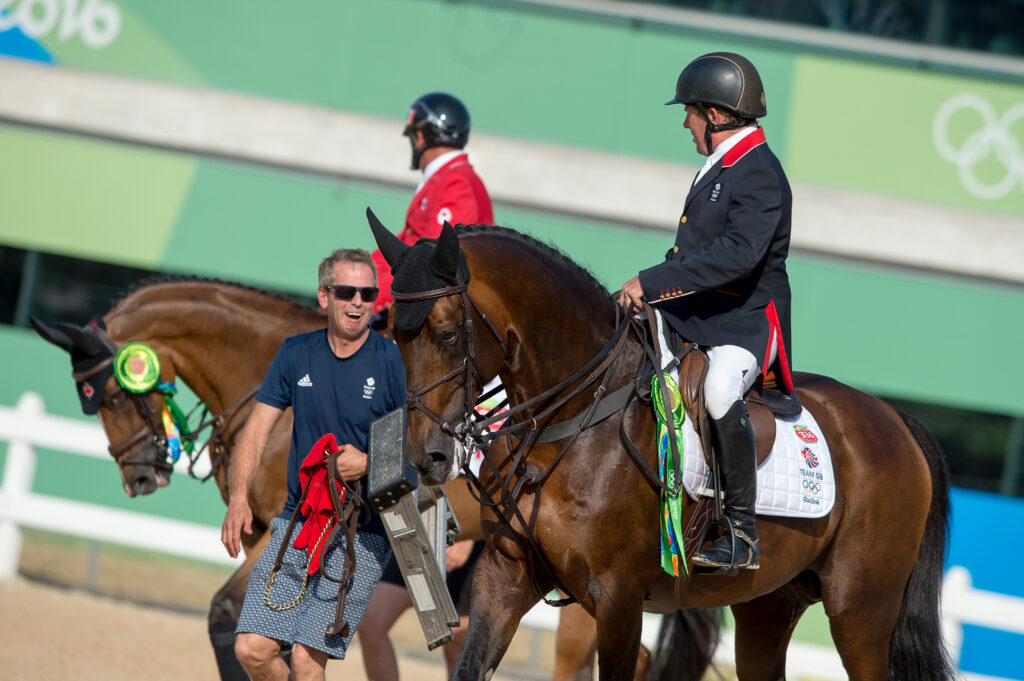
Care for the Horse’s Legs
Every equestrian has their own way of taking care of the horse’s legs at home and after competing. How does Beever take care of the legs when the horse is at a competition and afterwards?
The Show Icing Treatment
“Now we see a lot of ice boots being used at shows, so things are a bit different now. Big Star, for example, went every day in the spa at home. I got him to stand in a mucking out bucket at the show with ice in. He would put both front feet in the mucking out bucket, and I would give him his hay net, and he would stand there. If there was a hosepipe that nobody was using, I would turn it on so it would make a sort of bubbly effect in the water. A few people saw that, and they started doing this as well. It is great if a horse will stand in there; it is great for the legs.”
Alcohol
“After they have jumped, I would always put alcohol on the legs. It gets the legs so cold; it’s unbelievable. Perhaps that might be enough, and if I didn’t have any alcohol I would put some tendon gel on. I am not a great fan of ice tight; I hate the stuff. I would bandage the legs and leave them on until the next morning class. I would take them off again for a few hours about late afternoon. Horses don’t need the bandages on all the time. If you take the bandages off you can see if anything comes up on the legs like a bit of swelling, etc. I would put the bandages back on if they are rolling and banging the walls. So this is what I do at shows.”
Leg Care at Home
“At home, most of Nick’s horses didn’t have bandages on at all. They would be worked, and they would go on the field with boots on. When they came in, it depended on how dirty the legs were if they needed to be washed or brushed, feet picked out and then put in their stable. Big Star was bandaged all the time just because of precaution. With ‘all the time,’ I mean during the night or if Nick worked him quite a bit I would put bandages on for a while and then take them off. I am not really up to date on what is going on nowadays. I am really old-fashioned, and sometimes it is still the best [method].”
Feeding Routine & Timing
Every stable has its own feeding routine. It is interesting to learn about why somebody does it the way they do. Beever explains his routine and his reasoning.
“We would start with feeding hard feed between 7 and 7:30 a.m. It all depends on what time Nick would be starting to ride. If he would start at 7:30, his first horse would just get a handful, so he just wouldn’t think he was being forgotten. He would be fed after Nick had rode him. The rest would be fed normally. Nick’s second horse wouldn’t get so much food either because you need to give them an hour at least [to digest].
After they got the hard feed, they get mucked out, and it would depend on the coming two hours on how much hay they were going to get. If they were going to be ridden in the morning, they would get half their portion of hay and the rest of it after they finished. At lunch time they would get hard feed again, and in the evening they would get hard feed, their supplements and another time hay. The horses were checked late at night again, and if it looked like they needed a bit more hay they would get a bit more. It was very easy feeding.”
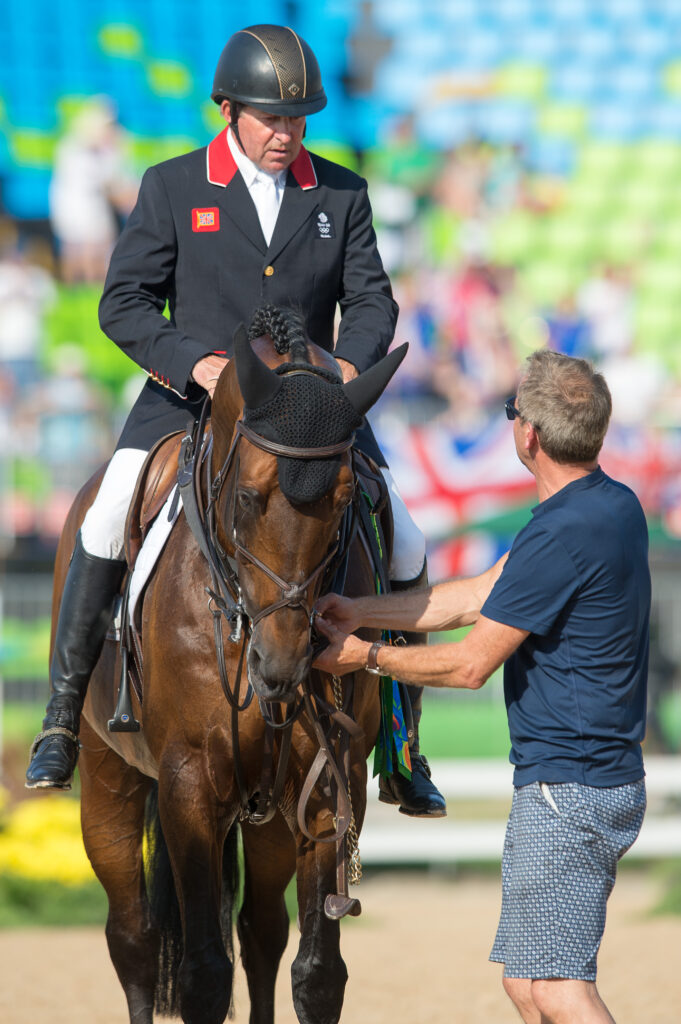
Social License
The equestrian world is in the spotlight of organizations who don’t like that horses are our partner. With Beever being a part of the show jumping and racing worlds, he explains how he feels about the whole discussion.
The Social Media Problem
“I think it is a problem nowadays that social media and things like that are having such an influence. For example the situation with Mark Todd when he smacked that horse with a tree branch. It didn’t look good, but it didn’t hurt the horse. I know Todd really well, and he would never hurt a horse. In racing we have terrible media. The problem is that betting is very big in horse racing, and all the people who are commentating on racing are armchair people who don’t know a thing about horses. But they put their money on a horse, and if that horse doesn’t win, the owner will get the biggest slagging off you ever heard.
[Yet] the horses are being looked after better than human beings. They get fed three times a day; they have water; they exercise; they get grass; and they have a clean bed every day. Sometimes, for example with stallions, you have to be a little bit firm with them. If you are not correcting them you are in big trouble. Stallions can jump on you quite easily, and nothing is said about that when the stallion is actually jumping on the person. I don’t know how they get around that really.”
Educate on the Gray Area
“Also the horses are so attached to the people you just can’t turn them loose and expect them to survive. You can’t retire me and put me on a beach; I would hate it there. The horses I know love to work. We have to explain the things we do to get a better understanding. It is going to be really hard to do that. I think it is worth it in showjumping to educate on the gray area to people who don’t really know the equestrian world.”
Feature photo courtesy of Jon Stroud.
I’ve had a passion for breeding show jumping horses for over 30 years. I spent nine years looking after broodmares. After that, I wanted to learn more about the bloodlines of top sport horses and was given the opportunity to work as a groom in a top stable in Germany. It was here that my appreciation for grooms began, back in 2008.
So far, my journey as a groom and journalist has given me wonderful memories. I have had the opportunity to be close to some amazing show jumping horses. I have worked as a groom in Belgium, Germany and the Netherlands–long enough to get to know the horses, but not long enough to become a very good groom. I am now better at writing articles. HorseGrooms is a very good initiative to get support with many questions and to strive to become a better groom.
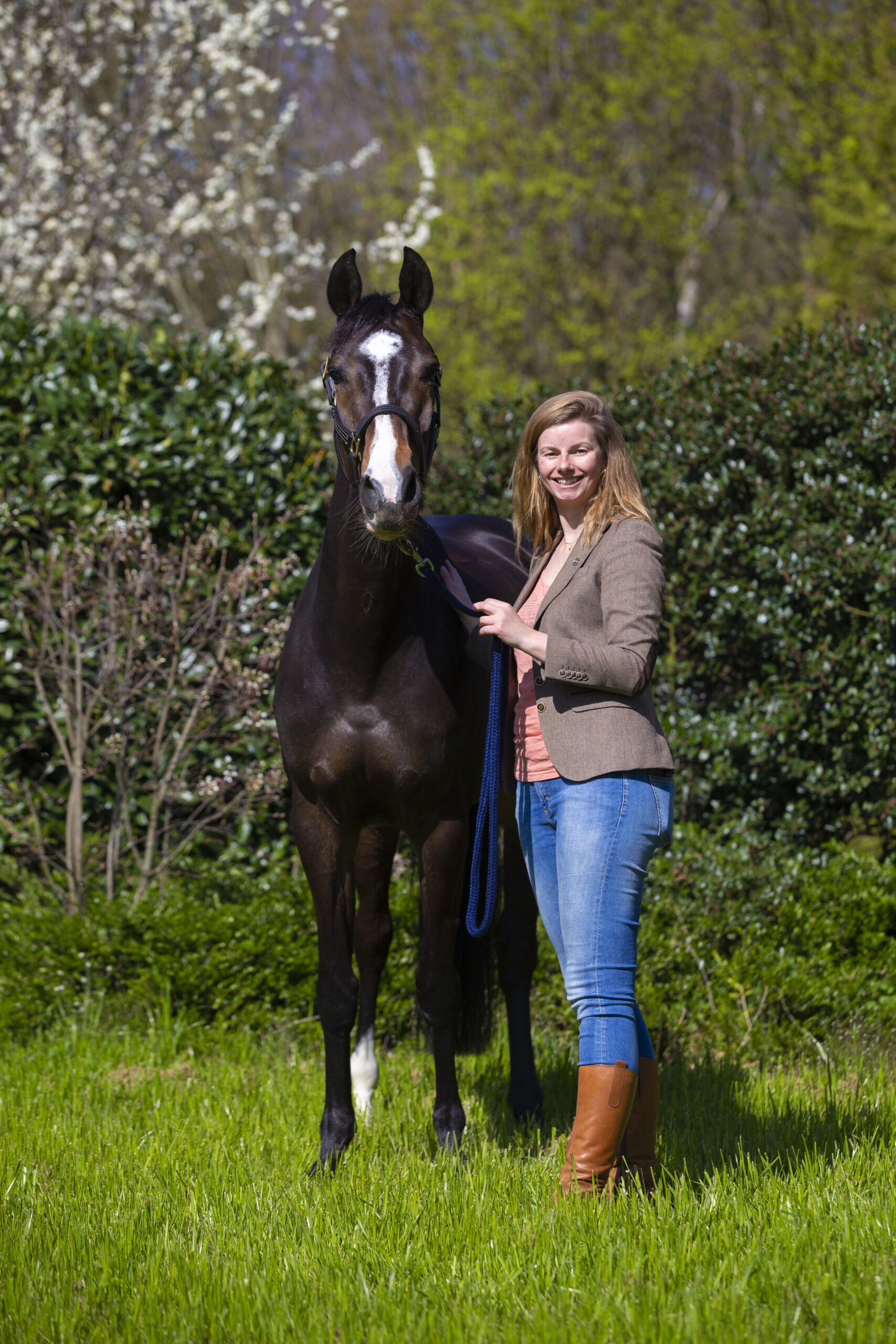
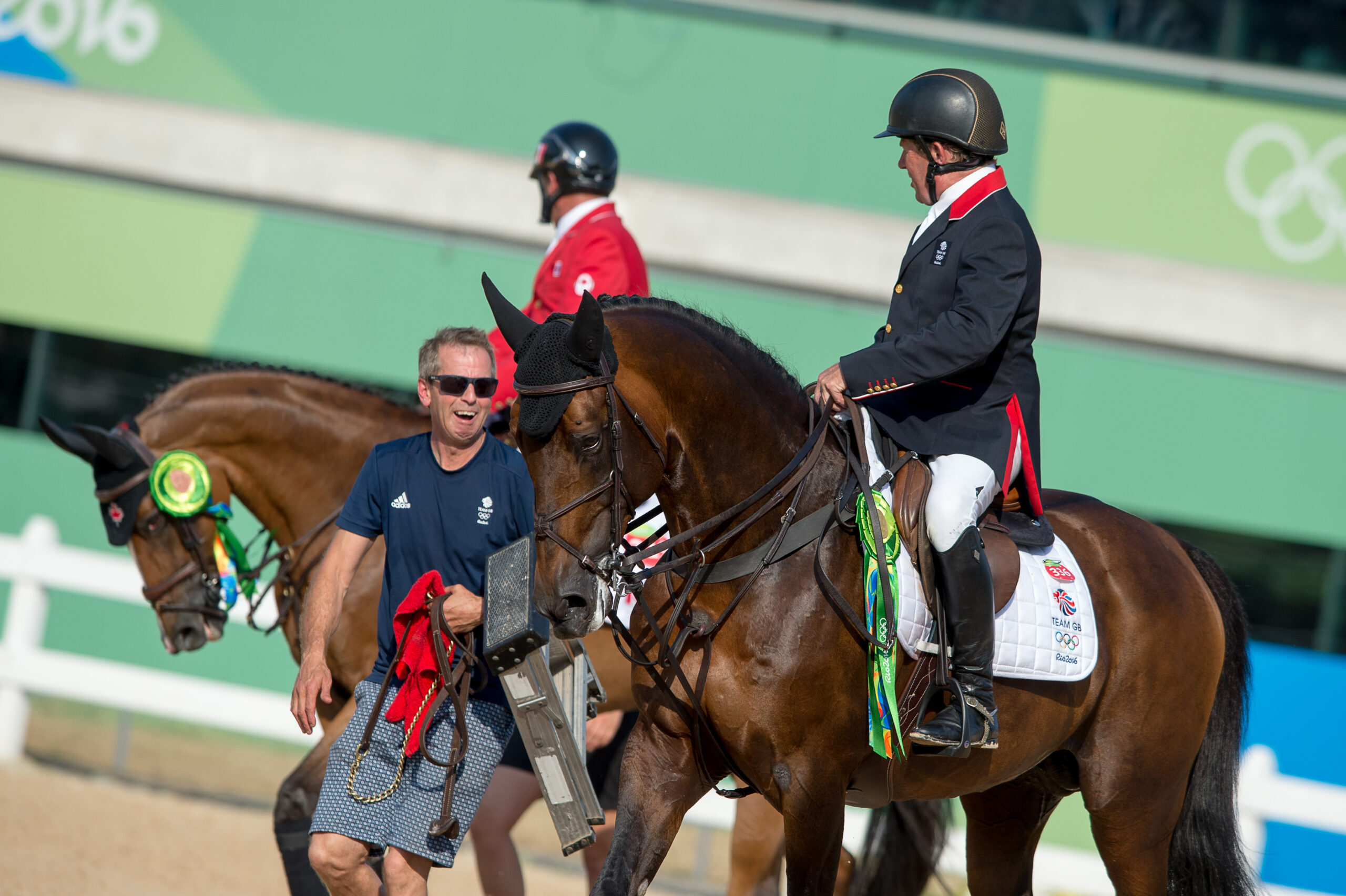
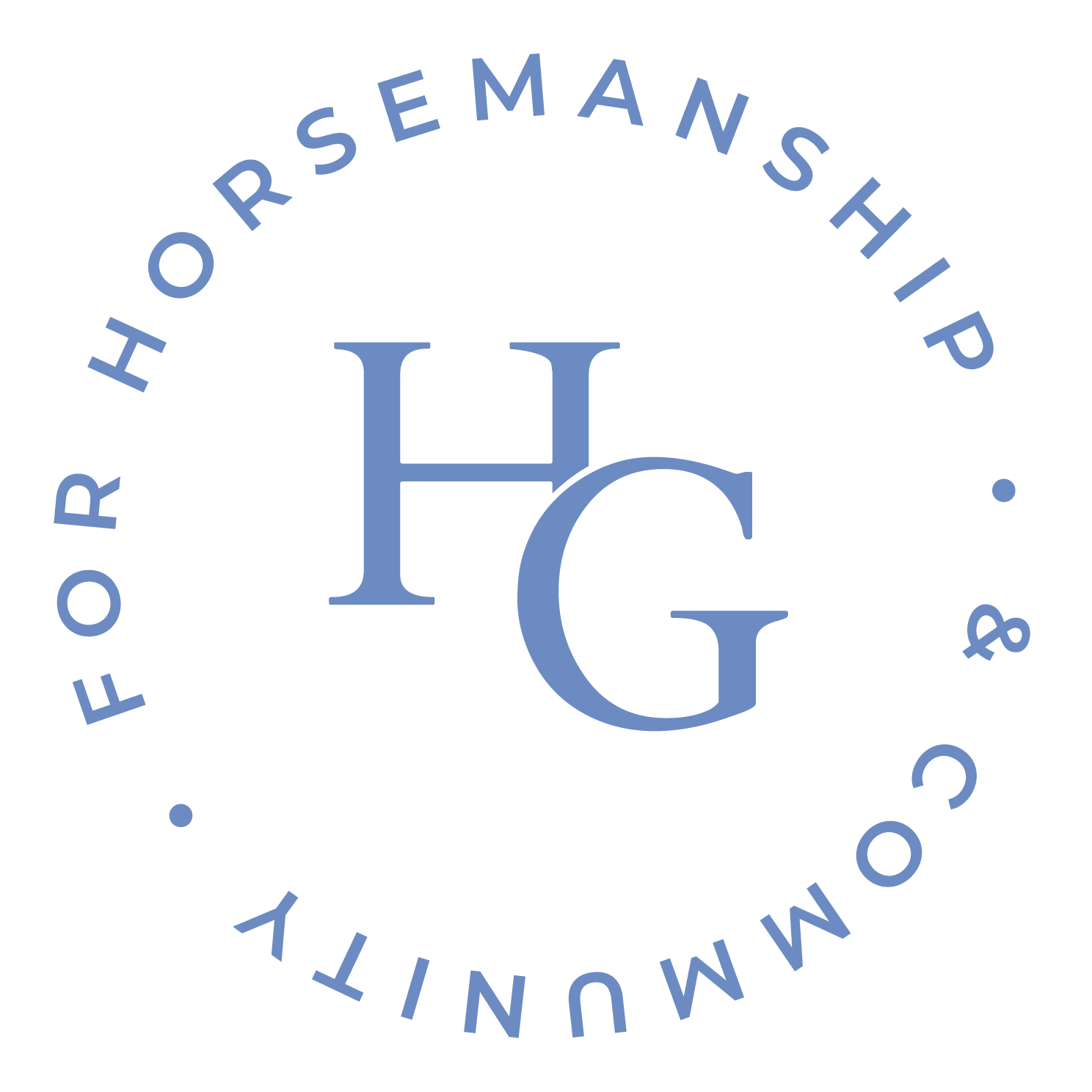
Great article. I really appreciate the details included on Mark’s care for Big Star. Thank you!
You’re very welcome Lauren!
Thank you for your kind response.
We love the stories of grooms opening up about the details of their care!
Please tell your equestrian friends about HorseGrooms!